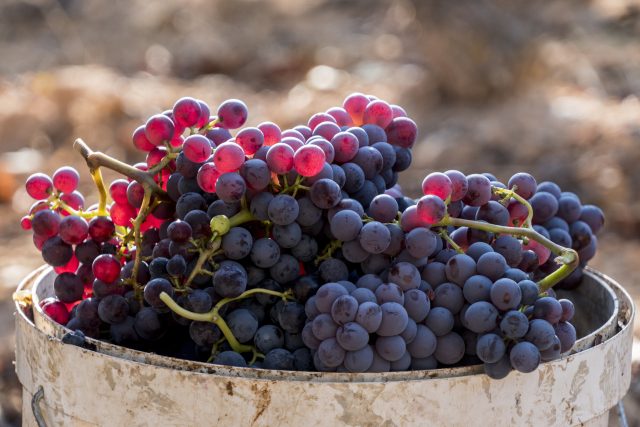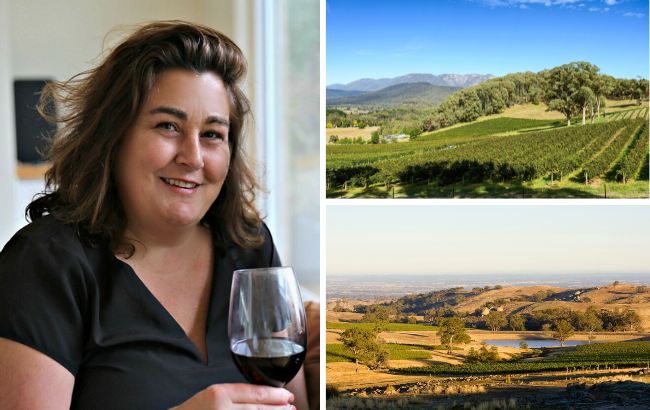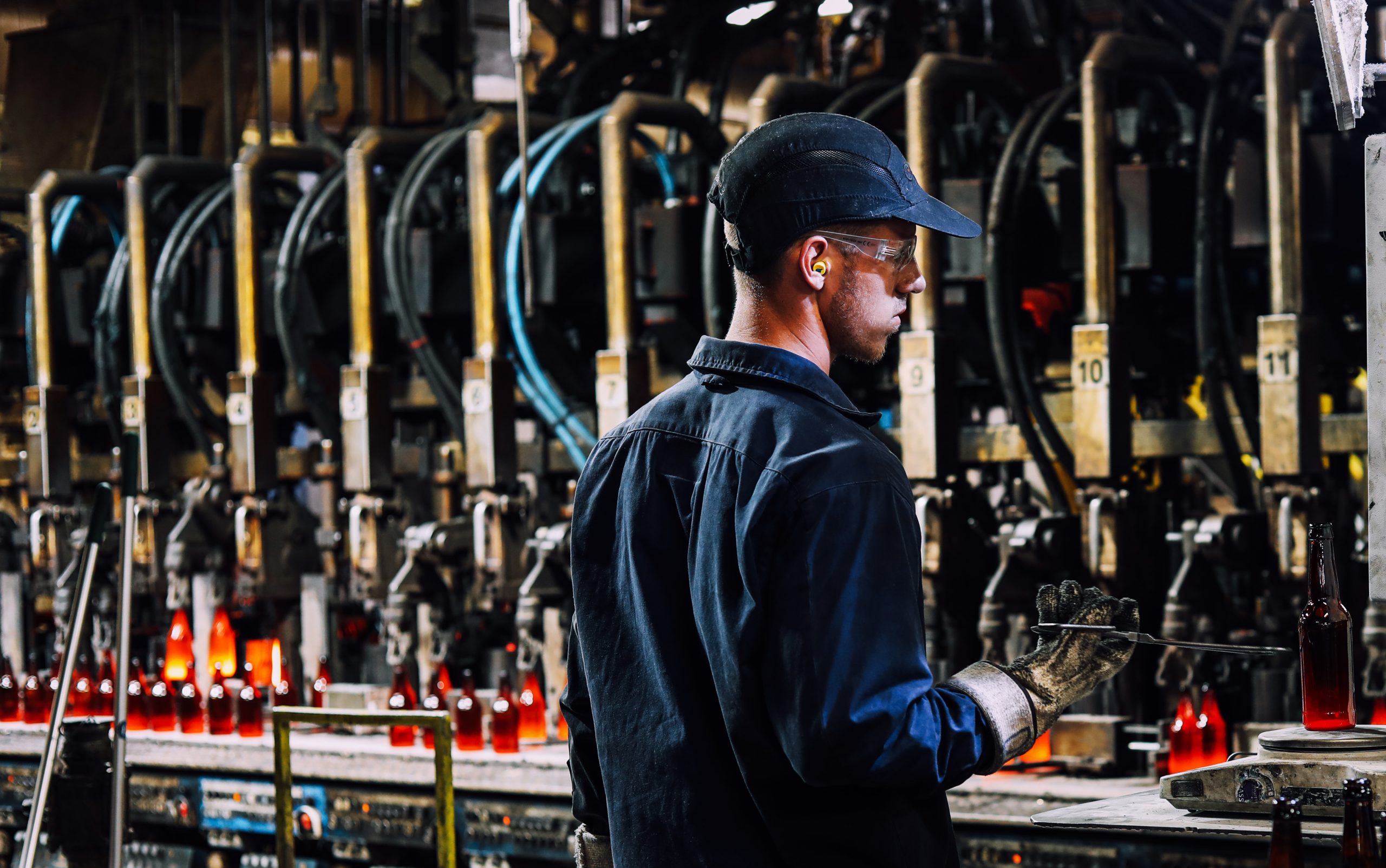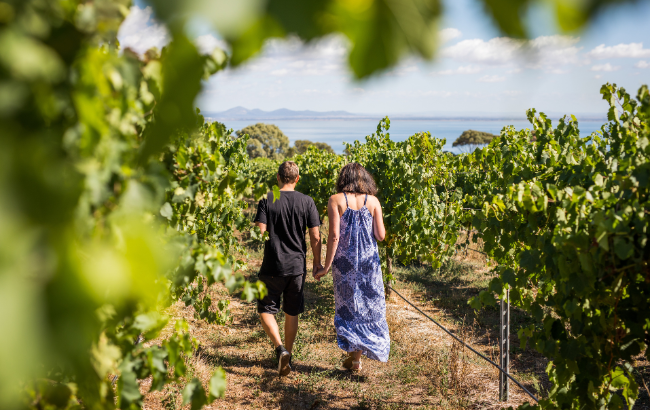This website uses cookies so that we can provide you with the best user experience possible. Cookie information is stored in your browser and performs functions such as recognising you when you return to our website and helping our team to understand which sections of the website you find most interesting and useful.
Old vines and whole bunches: Australia’s Grenache revolution
By Louis ThomasA recent tasting focused on premium South Australian Grenache suggested that its future may depend on going against the received wisdom surrounding how to handle this grape variety.

The tasting, held at 67 Pall Mall and hosted by wine writer Matthew Jukes, who was flanked by Giles Cooke MW and Susie Barrie MW, sought to examine what makes great, modern Grenache. While expressions led by the variety from Châteauneuf-du-Pape, Priorat and California were also tasted, the focus was very much on the South Australian wine regions of McLaren Vale and Barossa Valley.
As with all things, the history matters. First planted in South Australia in the 1830s/40s, where it did well due to its drought tolerance, Grenache was particularly suited to the production of fortified wines, but as demand for still wines soared, at the expense of fortified wine sales, in the 1960s, the desire to cultivate Grenache plummeted, with many vines uprooted.
Australia’s 2023 harvest saw 13,597 tonnes of Grenache crushed, about 1% of the country’s total crush. The data concerning Grenache’s presence in individual wine regions also makes for bleak reading for fans of the variety. Just 5% of McLaren Vale’s 7,438 hectares under vine is devoted to Grenache, compared to 58% for Shiraz and 19% for Cabernet Sauvignon. In Barossa Valley’s 11,609ha of vineyard, the percentage of Grenache planted is similar, at around 6% – less than a tenth of the area devoted to Shiraz.
But, despite being at a low ebb in terms of production, there is a new wave of winemakers doing things differently, and their approach could well pave the way for its future success.
One key aspect of the new face of South Australian Grenache is, according to the panel, old vines, which can be quite difficult to find given how many were uprooted in the mid-20th century. Cooke suggested that, as the “tide turns” and more young Grenache vines are planted, then the importance of fruit from old vines, which tend to yield less fruit, but of a higher concentration, will increase.
Indeed, some of the wines tasted came from truly antique vines, such as Cirillo’s Ancestor Vine Grenache 2015 (£67), hailing from a single vineyard in Barossa’s Light Pass area with a block of vines planted in 1848, making it the likely contender for the oldest Grenache vineyard in the world.
The subject of when to harvest was also extensively discussed. While presenting Alkina Polygon No. 5 Grenache 2020 (which was picked on 25 February from a 1.3ha strip of 70-year-old vines), Alkina’s head of sales and marketing Dan Coward said: “It’s a knife edge in terms of picking times – our mantra is: ‘if you’re thinking about it, then it’s time’.”
Early picking does not appear to have significantly reduced alcohol levels, with most of the wines tasted having an ABV of around 14.5%.
Liberty Wines managing director David Gleave MW, who was in attendance at the tasting, suggested that, as with Pinot Noir, Grenache does not actually respond well to over-ripening, as, according to him, it loses all of its sense of place when left on the vine for too long.
Partner Content
Barrie remarked that, given Grenache’s drought tolerance, it may have a brighter future than thin-skinned Pinot Noir: “In a warming climate, maybe Grenache is the new Pinot Noir.”
To this, Cooke replied: “There’s a saying: ‘Grenache can deliver what Pinot Noir overpromises’!”
The seminal vintage that changed producers’ attitudes to the early harvesting of Grenache, according to Cooke, was that of 2011, when heavy rainfall forced growers to pick earlier to avoid their crop rotting – they have discovered down the line that these wines had surprising ageing potential, a trend also becoming apparent in Barolo. Cooke did note though that “a lot of the new styles of South Australian Grenache haven’t been made for a long time,” thus making it difficult to gauge exactly how they will mature over the coming decades.
Despite it being generally believed that whole bunch fermentation is not suited to highly tannic grape varieties, this more Burgundian technique has become an increasingly popular option for making Grenache. Tasting Thistledown Charming Man Grenache 2021, which he also happened to be the winemaker of, Cooke described the inclusion of the stems as “the scaffolding of the wine”. Even with earlier picking, ripeness of the stems should not be an issue, which means that there shouldn’t be green tannins in the final wine.
Generally speaking, winemakers in South Australia are also opting for less noticeable wood in the final product, with Cooke going so far as to suggest that oak is something of a “swear word” in McLaren Vale in particular. French oak is still used, but, judging from the wines tasted, it tends to be on the older side.
Of course, wines that hark back to an older, more traditional style of Australian Grenache are still present. Barossa Valley’s Torbreck Les Amis Grenache 2018 is one such wine – only 10% whole bunch, pumped over twice daily, matured in French barriques (a combination of first, second and third fill), and clocking in at 15% ABV – upon tasting it, Jukes remarked: “This couldn’t be from anywhere else on the planet.”
In addition to starring in single varietal wines, Grenache is also an indispensable component in blends, especially in Rhône style ones. Some producers, such as Teusner with its 2021 Avatar, opt for the textbook trio of Grenache (50%), Mourvédre/Mataro (30%), and Shiraz/Syrah (20%). Winemaker Kym Teusner’s love of Grenache actually stems from a visit to the Rhône. Charles Melton’s famous Nine Popes, a pun on a mistranslation of ‘Châteauneuf’ is usually a GSM blend, but the 2019 vintage tasted eschewed the Mourvédre.
One thing that did become clear was that South Australian producers aren’t pitching their wines as a more affordable alternative to their European counterparts. While some tasted were around the £30 mark (which Jukes semi-jokingly described as the price for an “everyday wine” for those in the trade), others were on a different level altogether. Yangarra High Sands Grenache 2019 retails in the UK for £150, Alkina Polygon No. 5 Grenache 2020 for £185 – there is clearly great confidence in them as an ultra-premium product. When asked what this extra money brings the consumer, Jukes summed it up as: “More complexity, more elegance, more intrigue.”
“This is the starting point for the rest of Grenache’s future,” Jukes concluded – only time will tell whether Barossa Valley and McLaren Vale truly are the cradle for a global Grenache revolution.
Related news
Axel Heinz launches Merlot-only Lascombes





